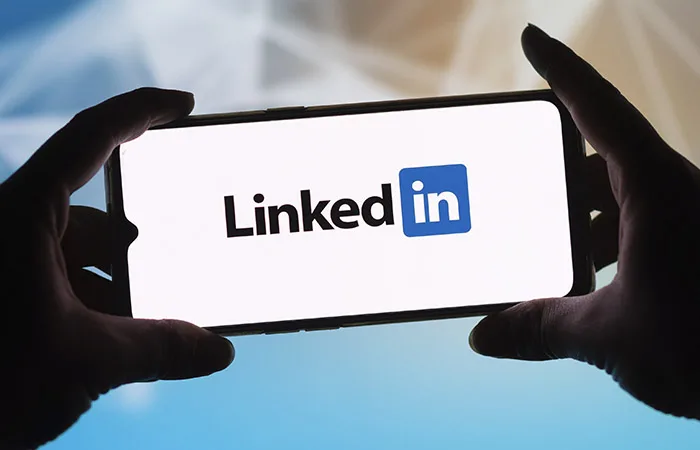In today's world, where most people actively spend time in social networks, it becomes extremely important for businesses of all spheres to have a presence in these spaces. SMM for insurance companies, like many others, can attract significant benefits from a well-built social media strategy. How can you use social media to promote your insurance business, attract customers, and increase brand confidence? Let's take this step-by-step.
Why is SMM important to insurance companies?
Social networks are not just platforms for communication and entertainment. For businesses, they have become an important channel for interacting with the audience. For insurance companies SMM It is an excellent opportunity to establish and maintain contact with customers, as well as to provide information about products and services.
First of all, it is important to understand that insurance is a complex product that often requires explanations. Not every potential customer is fully aware of all the benefits and details of insurance policies. Social networks allow you to make information accessible and easily assimilated, as well as create a platform for discussing issues, providing advice and increasing the level of trust.
Developing a social media strategy
As with any other business, the key to successful SMM for insurance companies is strategy. To use social media effectively, you need to understand exactly what you want to achieve and what your goals are. It is important to consider factors such as the target audience, content types, promotion channels, and ways to interact with users.
Target audience. For insurance companies, these can be different groups of people: young families, car owners, entrepreneurs, pensioners, and others. Each of these groups will be interested in different aspects of insurance. It's important to identify who your target audience is and customize your content to meet their needs. For example, for motorists, you can share information about car insurance, and for pensioners-about health insurance or life insurance.
Content Types. In social networks, it is important to use a variety of content formats to attract attention and retain your audience. This can include both text posts and visual content: infographics, videos, memes, interviews with experts, real customer stories, and so on.The content should be not only informative, but also engaging so that users can easily interact with it.
Channel Selection. Not every social network is suitable for every insurance company. For example, for more traditional companies focused on family audiences, Facebook can be effective, where they actively discuss startup, financial, and security issues. At the same time, for a more young audience, Instagram or TikTok may be suitable, where the content should be more visual and easy to understand.
Feedback and engagement. It is important not only to publish information, but also to actively interact with subscribers. Answering questions, participating in discussions, and maintaining a dialogue with clients helps build trust and create a loyal audience.

Building trust through content
In the insurance industry, trust plays a key role. Insurance companies often face the problem of distrust on the part of customers, because it is not always easy for people to understand what they are paying for and what guarantees the insurance company provides them. ThereforeSMM for insurance companies In Uzbekistan, it should include strategies aimed at creating and strengthening trusting relationships with potential and existing clients.
Educational content. An important part of SMM for insurance companies is to create educational materials that explain how insurance works. These can include posts about different types of policies, video tutorials, presentations, and articles that help the user understand insurance and understand why they need it.
Customer reviews. Real success stories of customers who have used the company's services can significantly increase the level of trust. Reviews, photo galleries with thanks, videos with real customers-all this helps to convince potential customers of the reliability and integrity of the company.
Transparency and integrity. It is important to provide information about insurance policies and conditions with maximum transparency. A description of all the conditions, step — by-step instructions for obtaining insurance, and the application process all contribute to the audience's perception of the company as an open and honest partner.
Using social media ads
Advertising on social media is an effective way to attract attention to the services of an insurance company. But for an ad to really work, it is important that it is aimed at the right audience and provides useful information.
Targeted advertising. In Facebook, Instagram, and other platforms, you can set up targeting based on interests, demographics, and user behavior. This allows you to accurately reach those people who are interested in insurance services. For example, advertising policies for young families can be targeted at users who have recently become parents.
Promotions and offers. Insurance companies can use social media to promote special offers, promotions, and discounts on policies. For example, offer a discount on car insurance or health insurance when subscribing to the company's page.
Retargeting. This is a strategy where ads are served to users who have previously shown interest in the company's products (for example, they visited the site but did not apply for a policy). Retargeting allows you to return potential customers who for some reason did not complete the purchase.

The role of social media in customer service
Real-time support. Many companies already use social media as a channel for customer support, answering questions in real time. This can be either communicating via comments, or providing advice via instant messengers such as WhatsApp or Facebook Messenger.
Complaint and suggestion process. On social media, customers can easily report problems or suggest improvements. Responding quickly to such messages helps to increase customer satisfaction and create a positive image of the company.








